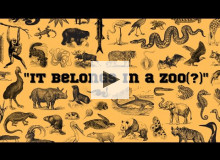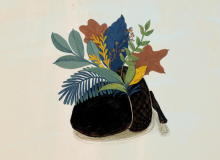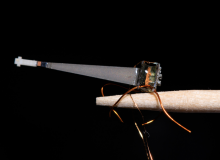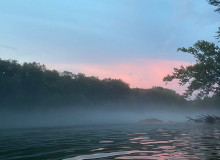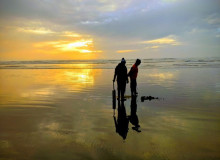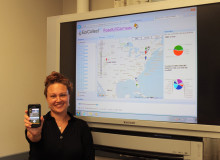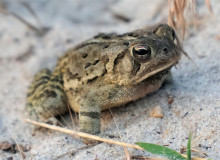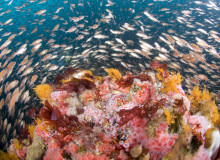ecology
SUNY Environmental Science and Forestry
Several SUNY-ESF students explore the ethical debate surrounding modern zoos and animal captivity in this short documentary film.
Planet Forward Correspondent | UC Berkeley
How three Indigenous teachers in California are fostering the future for native plants and educating others on how to build a reciprocal relationship with nature.
University of Connecticut
Ecologists and statisticians have collaborated to develop a new tracking model that accounts for feline predators' resting periods.
George Washington University
Robotic bees are being developed to study buzz pollination and help support the conservation of declining bee populations across the globe.
University of Georgia
Messing around in nature at the Shady Creek River, Georgia. Slumbering in an Eno hammock, saving a life, and more…
Unity College
How water pollution is affecting the Southern Resident Orcas and the salmon population in the Puget Sound.
Planet Forward Correspondent | SUNY-Plattsburgh
Dr. Danielle Garneau, wildlife ecologist, is an attentive driver. The serpentine roads of upstate New York, which she drives along daily, are trafficked with possible hazards –– but what she's really scouting for is roadkill.
Planet Forward Correspondent | George Washington University
Dr. Karen Lips hypothesized that the collapse of the amphibian populations was sweeping through Central America like a wave. So, in order to gather evidence for the theory, she would have to get out in front of this wave.
Planet Forward Correspondent | Northwestern University
Each year, the International Union of Conservation of Nature is finding more and more plant, animal and fungus species threatened with extinction across the globe. What could be causing it?
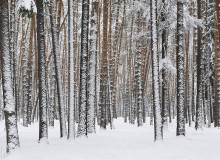
Climate change is threatening the ecosystem of tunnels beneath the snow, where many rodents, insects, microbes, and hibernators live during the cold winter months. (Aleks G/Creative Commons 3.0)
Planet Forward Correspondent | University of Wisconsin-Madison
Underneath the snow lies an ecosystem of tunnels where many rodents, insects, microbes, and hibernators live over the cold winter months. It’s called the subnivium, and it's threatened by climate change.

